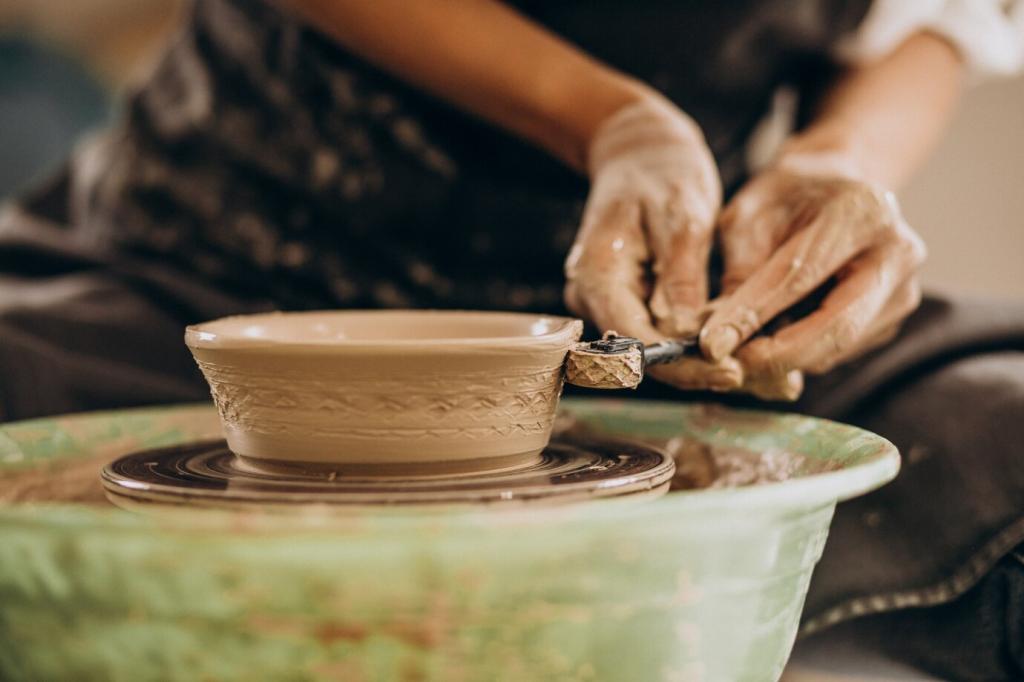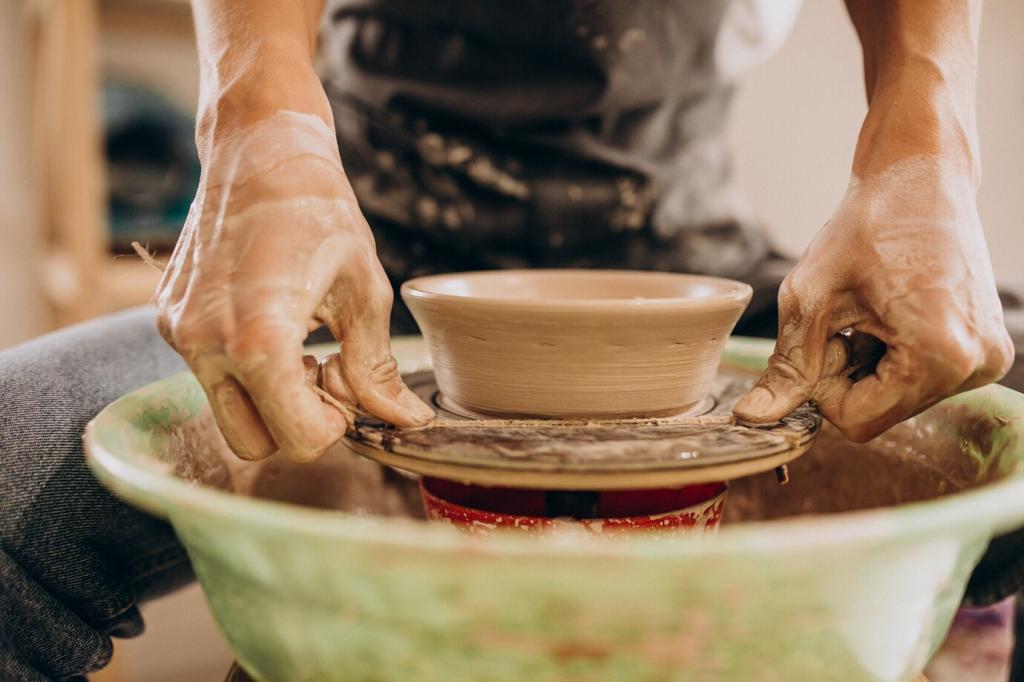Understanding Different Styles of Craft Beer: A Flavorful Journey
Chosen theme: Understanding Different Styles of Craft Beer. Step into a vibrant world where yeast, malt, hops, and water compose endless variations of character. Explore stories, techniques, and tasting tips—and tell us which style you love.




Pale Ale Personality
Classic pale ales balance biscuit-like malt with bright hops, delivering approachable bitterness and citrusy fragrance. Think reliable, endlessly drinkable, and perfect for introducing friends to craft. Comment with your go-to pale ale when teaching newcomers.
IPA Family Tree
West Coast IPAs emphasize crisp bitterness and piney clarity, while New England versions focus on haze and juicy aromatics. English IPAs nod toward earthy hops. Which branch of the IPA family best fits your palate today?
Porter Versus Stout
Porters lean chocolatey and smooth, while stouts push roasty edges, often using roasted barley for deeper espresso tones. Both comfort on cold nights. Share your favorite roasty pairing, from oysters to flourless cake, and inspire fellow readers.



Lager Landscape: Clean, Crisp, and Surprisingly Complex
Czech pilsners deliver soft bitterness and rounded malt sweetness, while German pilsners finish drier and snappier. Both reward careful pouring and proper glassware. Try a side-by-side tasting this weekend and tell us which finish you prefer.
Lager Landscape: Clean, Crisp, and Surprisingly Complex
Helles is gently malty and golden, Vienna offers toasty amber depth, and Dunkel brings smooth, bread crust warmth. Each pairs beautifully with simple fare. Share a photo of your lager and snack pairing to inspire others.
Sour and Wild Ales: Tart Adventures with Character
01
Kettle sours gain quick acidity through controlled souring, yielding bright, clean tartness. Mixed culture sours ferment slowly with wild yeast and bacteria, layering complexity. Which do you prefer: speed and sparkle or patience and depth?
02
Spontaneously fermented lambics mature in oak, then blending creates gueuze with earthy sparkle. Fruit additions provide seasonal nuance. A traveler once described cherry lambic as memory in a glass. Share your most nostalgic sour tasting moment.
03
Gose adds salt and coriander for coastal vibes, while Berliner Weisse stays feather-light and refreshing. Both shine at lower strength, ideal for sunny afternoons. Recommend a favorite fruit twist, and we will feature community picks next week.
Wheat and Farmhouse Styles: Softness, Spice, and Rustic Charm
Hefeweizen’s banana and clove notes spring from expressive yeast, especially when gently swirled to rouse sediment. Weizenbock deepens the theme with richer malt. Post your best brunch pairing and tell us about your pouring technique.
Coriander and orange peel brighten witbier’s pillowy body, making an easy companion for salads, seafood, and light cheeses. Pour slowly to keep haze even. Which spice accents feel most refreshing to you in warmer seasons?
Saison finishes dry with peppery lift, while Bière de Garde offers malt polish and cellar warmth. Both reward patient sipping. Share tasting notes from your latest farmhouse flight and compare yeast character with fellow readers.

Glassware and Temperature
Use a tulip for aromatic ales, a stange for delicate lagers, and a snifter for robust stouts. Serve colder for crisp beers, slightly warmer for complex aromas. Tell us your favorite glass and why it works.
Sensory Notes and Off-Flavor Awareness
Track appearance, aroma, flavor, body, and finish. Learn to spot diacetyl, acetaldehyde, and oxidation. A brewer once taught me to exhale slowly after sipping to reveal hidden notes. Try it and report your discoveries.
Food Matching by Style
Pair spicy tacos with West Coast IPA, creamy cheeses with witbier, and chocolate desserts with stout. Contrast or complement thoughtfully. Post your winning pairing photo and we may highlight it in our next style exploration.
